
Do you have a question about the Sony BRAVIA KDL-50W815B and is the answer not in the manual?
| Screen Size | 50 inches |
|---|---|
| Display Type | LED |
| 3D Support | Yes |
| Smart TV | Yes |
| HDMI Ports | 4 |
| USB Ports | 2 |
| Display Technology | LCD |
| Wi-Fi | Yes |
| 3D Technology | Active 3D |
| Sound Output | 20W |
| Resolution | 1920 x 1080 |
| Refresh Rate | 400 Hz |
Instructions for operating the TV using the IR and Touchpad remote controls.
Navigating and understanding the TV's main menu interface and categories.
How to adjust picture settings like brightness and colour for optimal viewing.
Description of the physical components of the TV set including sensors and illumination.
Details on the buttons and functions of the standard IR remote control.
Methods for tuning and selecting TV channels using Discover, Home Menu, or number buttons.
Navigating the digital programme guide to find and select shows, search by genre, and set reminders.
How to set up and enjoy 3D content with compatible glasses and devices, including communication range.
Playing movie content from online services, USB devices, or your home network.
Playing music content from online services, USB devices, or your home network.
Accessing and launching TV applications and services via the Apps category.
Navigating and viewing websites using the TV's internet browser.
Using social viewing features to chat with friends while watching content.
Connecting BD/DVD players via HDMI, Component, SCART, or Composite cables.
Using USB HDD for recording, one-touch recording, timer recording, and playback of content.
Connecting digital cameras, PCs, and USB devices for content display.
Enabling and configuring BRAVIA Sync for seamless control of connected devices via TV remote.
Selecting preset picture and sound modes suitable for different content types like movies or sports.
Reducing power usage through picture brightness adjustments and automatic TV turn-off settings.
Setting up a wireless connection to the Internet using the TV's built-in LAN.
Establishing an Internet connection using a LAN cable for stable access.
Playing media files stored on a PC connected to the home network via the Media Player.
Connecting devices directly to the TV using Wi-Fi Direct without a wireless router.
Controlling the TV using a smartphone or tablet with the TV SideView mobile application.
Adjusting picture modes and screen size/position for optimal viewing experience.
Customizing sound modes, surround effects, equaliser, and volume settings for audio output.
Tuning, sorting, and managing digital channels, including auto-tuning and programme lists.
Performing self-diagnostics to check the TV's operational status and identify problems.
Troubleshooting issues related to the TV turning on or off automatically.
Resolving problems with picture quality, screen display, colour, and lag issues.
Troubleshooting issues with TV reception, signal quality, and channel tuning problems.
Troubleshooting problems related to no sound, audio noise, or distorted sound output.
Resolving issues with connected devices like USB drives, cameras, and PCs not displaying or working correctly.
Interpreting network test results and troubleshooting connectivity problems.
Resolving issues with screen mirroring functionality and device connectivity problems.
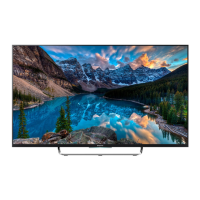




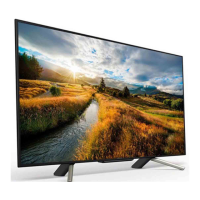
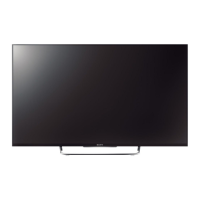


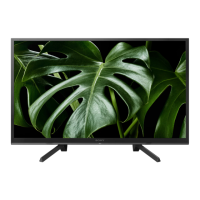
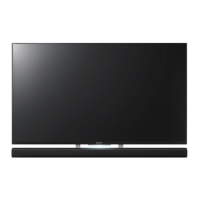
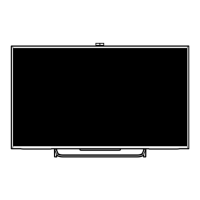
